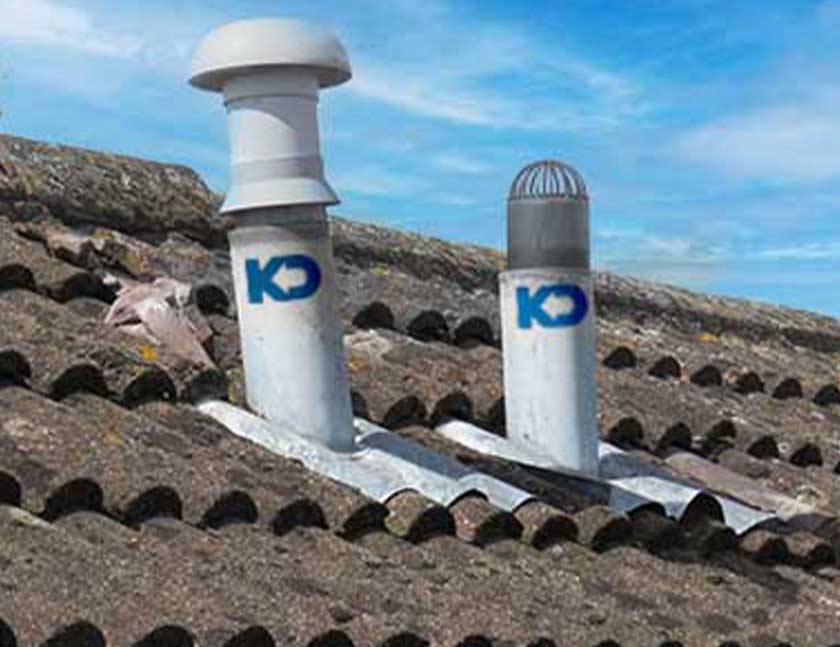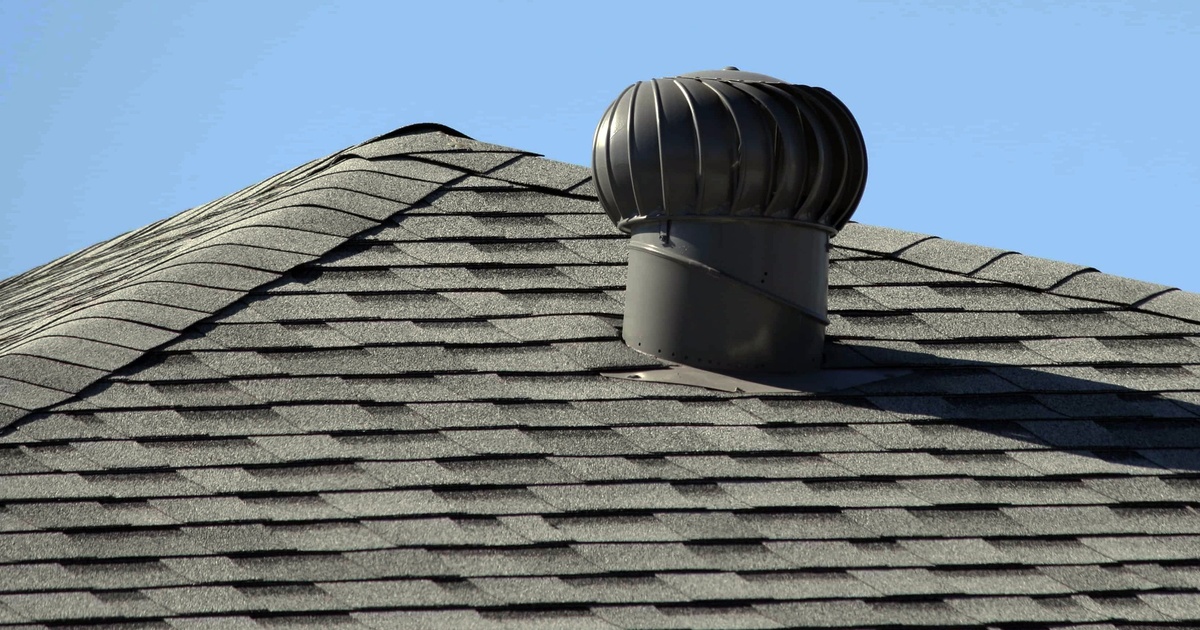Why Correct Ventilation Protects Your Plumbing System
Why Correct Ventilation Protects Your Plumbing System
Blog Article
They are making several good pointers on the subject of What Is a Plumbing Vent and Why Is It Important as a whole in this great article followed below.

Proper ventilation in pipes systems is usually neglected, yet it is essential for preserving the capability and security of your home's plumbing. Ventilation aids manage atmospheric pressure, prevent the buildup of hazardous gases, and guarantee the efficient elimination of waste. In this guide, we will certainly explore the value of appropriate plumbing air flow, just how it works, and the advantages it brings to your pipes system.
Understanding Air Flow in Pipes
Ventilation in pipes describes the network of pipelines that enable air to flow with the drain system. These vents serve several objectives, consisting of controling atmospheric pressure within the pipelines, avoiding drain gases from getting in the home, and helping in the smooth circulation of wastewater.
Just How Air Flow Works in Plumbing Equipments
Air Pressure Guideline
Correct air flow keeps balanced atmospheric pressure within the pipes system. When water moves via pipelines, it displaces air. Without ample air flow, this displacement can create negative pressure, leading to reduce drains pipes or siphoning of water from traps, which can cause undesirable odors to seep right into the home.
Avoiding Sewer Gas Build-up
One of one of the most important functions of pipes vents is to stop sewer gases, such as methane and hydrogen sulfide, from collecting within the home. These gases can position significant health and wellness threats and are highly flammable. Vent pipelines enable these gases to run away safely outside.
Helping in Waste Removal
Air flow helps in the efficient removal of wastewater by avoiding airlocks in the water drainage system. When air can stream freely via the vents, it enables water and waste to move efficiently via the pipes, decreasing the risk of clogs and back-ups.
Types of Plumbing Vents
Main Heap Vent
The main pile vent, also referred to as the air vent pile, is the key air vent in a pipes system. It expands from the primary drain align through the roofing system, enabling gases to run away and fresh air to get in the system.
Branch Vent
Branch vents connect to the main stack air vent and offer specific fixtures, such as sinks, toilets, and showers. These vents make certain that each component has ample air flow to work correctly.
Air Admittance Shutoff (AAV).
An Air Admittance Valve (AAV) is a one-way valve that permits air to enter the plumbing system without the requirement for a typical vent pipe expanding via the roofing system. AAVs are typically used in improvements or areas where setting up a common vent is unwise.
Indications of Poor Ventilation in Pipes.
Slow Draining Fixtures.
If your sinks, bathtubs, or bathrooms are draining slowly, maybe an indication of poor ventilation. Inadequate air flow can develop a vacuum cleaner result, making it difficult for water to drain correctly.
Gurgling Appears.
Gurgling sounds originating from drains pipes are frequently an outcome of air being sucked with water catches as a result of unfavorable pressure in the pipelines. This is a clear indicator of not enough ventilation.
Unpleasant Smells.
Sewer smells inside your home are a red flag that your pipes system is not properly ventilated. This could imply that drain gases are not being properly vented outside, bring about potentially dangerous conditions.
Common Ventilation Mistakes.
Insufficient Vent Sizing.
Utilizing undersized vent pipelines can result in bad air circulation and pressure discrepancies in the system. It's vital to utilize vents that meet the particular demands of your plumbing system.
Improper Vent Positioning.
Putting vents as well far from the components they offer can reduce their efficiency. Appropriate placement guarantees that air can stream openly and efficiently via the system.
Ignoring Code Requirements.
Building ordinance offer details guidelines for pipes air flow. Neglecting these codes can result in a system that stops working to work correctly and might cause expensive repair services or health hazards.
Advantages of Proper Ventilation.
Improved System Performance.
Properly ventilated pipes systems run much more effectively, with fewer obstructions, faster draining, and much less stress on the pipelines. This performance expands the life expectancy of the plumbing system.
Improved Air High Quality.
By protecting against sewage system gases from entering your home, correct air flow contributes to better indoor air top quality, making your living atmosphere healthier and much more comfortable.
Protecting Against Water Damages.
Sufficient air flow assists avoid water from being siphoned out of catches, which can cause sewer gases getting in the home and causing water damages over time.
Actions to Guarantee Correct Ventilation.
Consulting Plumbing Codes.
Constantly seek advice from local plumbing codes when creating or modifying your plumbing system. These codes supply the essential guidelines for appropriate venting and ensure your system meets safety and security requirements.
Normal Evaluation and Upkeep.
Regular inspections can assist determine possible air flow concerns prior to they come to be significant issues. Maintenance tasks, such as cleaning vent pipelines and looking for clogs, are crucial for maintaining the system in good working order.
Expert Setup.
For new installations or significant modifications, it's a good idea to employ an expert plumber. They have the competence to make sure the air flow system is properly created and set up according to code.
Final thought.
Appropriate ventilation is a vital component of any pipes system, making certain that it works effectively and safely. By recognizing the value of ventilation, acknowledging the indicators of poor ventilation, and taking actions to preserve your system, you can avoid pricey issues and shield your home's air quality.
4 Things You Should Know About Your Plumbing Vents
What Plumbing Vents Are
Also called a vent stack, a plumbing vent is a vertical pipe attached to your drain line that runs through your roof. The plumbing vent pipe, or plumbing air vent, removes gas and odors from your plumbing system and allows fresh air to enter the pipes, helping the water to flow out of the drain pipes.
What Plumbing Vents Do
Plumbing vents have two basic functions. One of which is to allow unpleasant smelling wastewater and sewer gasses to escape your plumbing system instead of entering your home. Plumbing vent pipes are typically located on roofs, away from windows, to ensure the fumes exit the home completely.
The other function of the plumbing vent is to move fresh air into your plumbing system. This helps move water through every plumbing fixture in your house, like toilets and sink drains. Think of the way in which you need to let a little air into the bottle as you pour soda in order to make the drink flow smoothly.
Different Types of Plumbing Vents
True vent: This is the most common vent option. In simplest terms, a true vent is a vertical pipe attached to your drain line that exits through the roof. They often function as the main vent that other fixtures can connect to. Re-vent pipe or auxiliary vent: Attached to the drain line near specific plumbing fixtures, re-vent pipes run up and over to connect to the main vent. Common vent: Two plumbing fixtures installed on opposite sides of a wall are typically tied into the vent stack using something known as a sanitary cross. Wet vent: This venting option operates as a drain pipe and a vent at the same time. Wet vent drainage systems drain water from one fixture while venting the air from another. Although they’ve been used for over 100 years, wet vent systems have only recently been added to the plumbing code in many areas. If you’re planning on installing one in a bathroom remodel, make sure you check your local code prior to construction. Loop vent: For free-standing fixtures like kitchen island sinks, loop vents are ideal. These vent pipes run under the floor, rise from the P-trap, and create a loop inside the cabinet sink. Air admittance valve: An AAV is a one-way mechanical valve typically installed at the site of the plumbing fixture. AAVs allow venting to occur without having to tie into a larger venting system. They’re ideal for venting fixtures where you aren’t able to easily connect to an existing vent system. Common Plumbing Vent Issues
Although vent pipes typically don’t have water flowing through them, they’re still subject to many typical plumbing issues. For example, clogs are one of the most common problems associated with sewer vent pipes. If your vent pipe gets clogged, all of your plumbing fixtures tied into the vent stack will be affected.
A sink with a slow drain that bubbles and gurgles or a strong sewage smell around your toilet are both indicators that your toilet vent pipe is clogged. Because most vent pipes exit through the roof, old leaves, twigs or even a bird’s nest could be clogging the pipe.
Clogs in your vent pipe system cause a buildup of negative pressure, meaning that water won’t be able to flow out of your home very well. It’s similar to putting your finger over the opening of a straw to trap water inside. When you remove your finger, the water is able to flow out of the straw.
If you suspect you have any blockage in your vent, make sure you have a professional come examine the situation. Left unchecked, a blocked air vent can lead to other costly repairs, like leaks and sediment buildup.
Under Pressure
Pipe vents are essential aspects of a home’s plumbing system. Owning a home means learning about all sorts of things you never put much thought into before. But by understanding as much as you can about the important systems of your home, you can keep those budgets intact and those anxiety levels low.
https://www.homeserve.com/en-us/blog/home-improvement/plumbing-vents/

Hopefully you liked our article on What Is a Plumbing Vent and Why Is It Important. Thanks a ton for taking a few minutes to browse our post. Are you aware of somebody else who is fascinated about the topic? Please feel free to promote it. I am grateful for being here. Return soon.
Book Now! Report this page